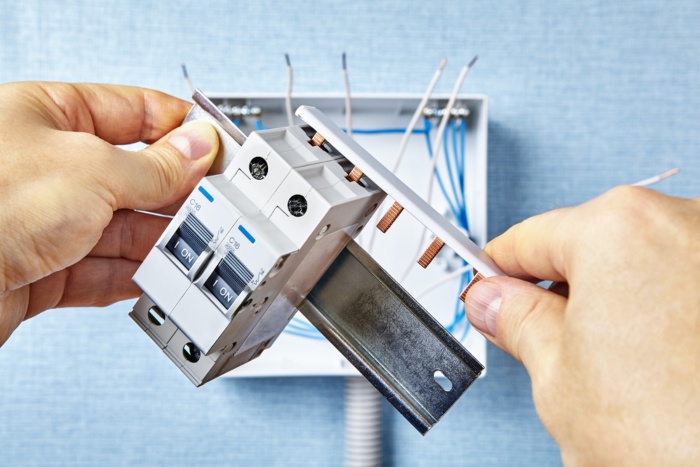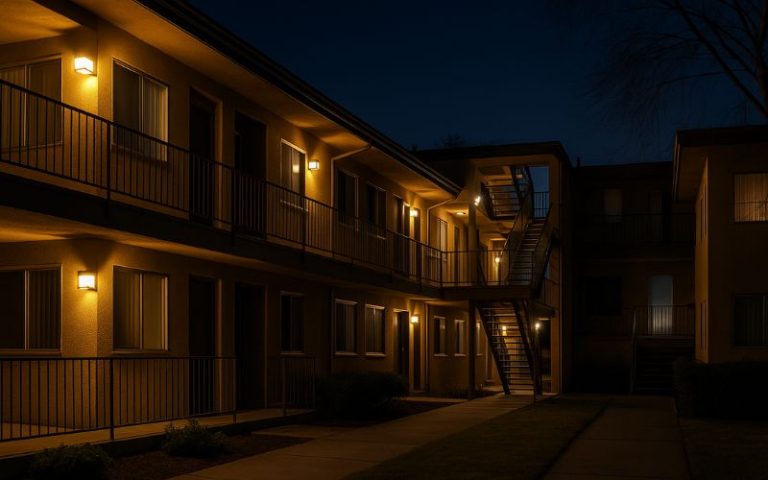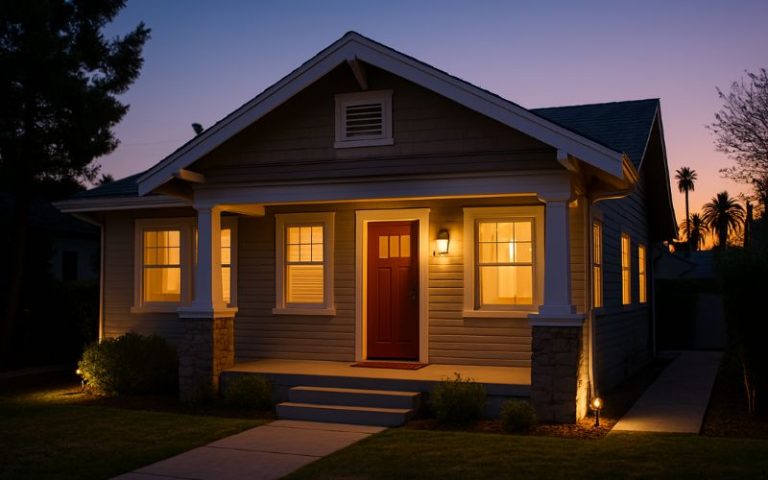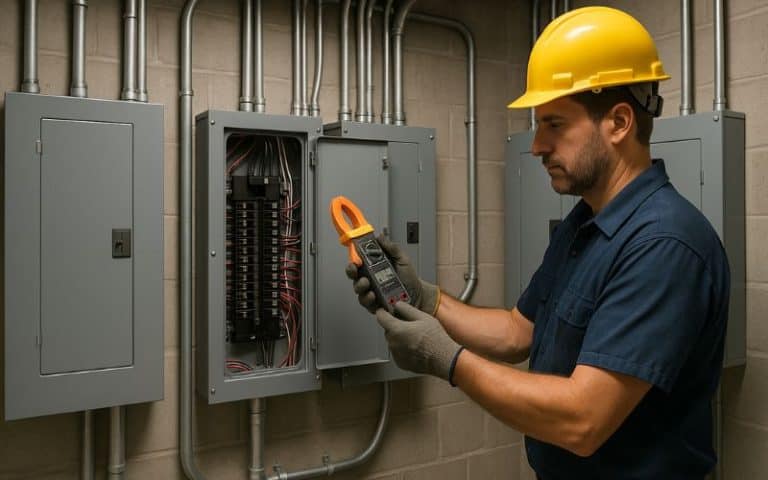
A 15 Amp Circuit Breaker vs. a 20 Amp Circuit
Today RG Electric will talk about something that is really asked quite a bit. And what is that question you might ask? We are looking right at it, and that is: Should I use a 15 amp circuit breaker or a 20 amp circuit breaker?
People ask this question, especially in summer when they use their air conditioners often and their circuit breakers begin tripping. But this is a normal condition for a circuit breaker; that’s what it’s supposed to do. Just keep in mind that when your breaker is tripping – this is a sign that you are using too much electricity on the circuit, and you need to split it by adding the second one.
One way of determining whether your circuit gets overloaded is to make electrical load calculations, for example, when trying to figure out the number of lights you can put on a breaker. Now, let’s understand a 15 amp circuit breaker vs. a 20 amp circuit.
What is a 15 Amp Circuit Breaker?
A circuit protected by a 15 amp breaker is designed to carry the electrical load from small electrical items, such as lights, alarm clocks, etc. This breaker can carry only 1,800 watts. However, the National Electric Code (NEC) allows using only 80% of its total capacity, which means a permissible load is only 1400 watts or 12 amps. Also, the 15 amp circuit requires a 14-gauge cable.
What is a 20 Amp Circuit Breaker?
Unlike 15 amp breakers, 20 amp circuit breakers can carry more electrical current, and they use a thicker 12-gauge wire. That’s why they are best for wiring a kitchen, laundry room, bathroom, garage, or dining room. Appliances, such as heaters, ACs, coffee machines, dryers, or other devices and equipment that consume lots of electricity should be using this amperage breaker to avoid electrical overload.
How Can I Know If the Circuit is 15 Amp or 20 Amp?
It’s important to know the amperage of your home before buying a new receptacle. Most US homes will have either 15 or 20 amp circuits. To figure out the amps, take a look at your existing outlets. On the left side, you will see the largest vertical slot that is neutral, and on the right, the shortest slot, the hotline, and down at the bottom, an oval-shaped slot is for your ground.
This is a 15-amp outlet. If the left vertical slot has an additional horizontal slot (T-shape), that would indicate that you have a 20-amp circuit.
The second thing you can do is locate an electrical panel and check the labels for each circuit. For example, when you need to change a receptacle for your bedroom, first look at the actual labeling. If your bedroom is labeled No. 12, see circuit breaker No. 12 and the amperage number. If it has 15 amps on the switch, it means when you go out to purchase receptacles for your bedroom, you need to buy the one with 15 amps.
A 15 Amp Circuit Breaker vs. a 20 Amp Circuit
A 15 amp circuit can power general light fixtures like can or patio lights. Yet, always pay attention to the amperage sign of the light fixtures you are going to buy. Don’t buy the ones designed for a 20-amp circuit if you have a 15 amp electric network. Also, for maximum capacity without overloading the electric system, it’s important that lights and outlets run through separate circuits.
A 20 amp circuit breaker is intended for large-consuming appliances in the kitchen or laundry room. A large electrical appliance, whether 110 or 220 volts, should be installed on its own dedicated 20 amp circuit breaker. You can also have several of them for your workshop, basement, and garage.
Can I Replace a 15 Amp Circuit With a 20 Amp Circuit?
You can replace a 15 amp circuit with a 20 amp breaker if the former uses a 12-gauge wire – that’s the correct wire size for the 20 amp breakers. Never try to install the 20 amp breaker on the 14-gauge wire (thinner), as it will lead to overheating and a fire hazard.
Conclusion
A 15 amp rating is pretty common for residential grids because it’s cheap and can also be added to a 20 amp circuit. Lamps or ceiling fixtures with 15 amp plugs can run on one of these electrical circuits in home settings.
The 20-amp circuit breakers are meant for big appliances and power tools, used in kitchens, garages, etc.
The wiring system from most residential electric grids can handle up to 20 amps with a few 15-amp receptacles that connect to a 20 amp circuit. This allows a few devices to plug into the same 20 amp circuit without overloading the system.
The electric circuit will start tripping if the load exceeds the threshold of 20 amps. You will have to unplug one of the appliances to unload the circuit. Finally, it isn’t about a 15 amp circuit breaker vs. a 20 amp circuit. You should ask yourself a different question: What is the best fit for your electrical needs? To be safe, always consult a local electrician near you.









